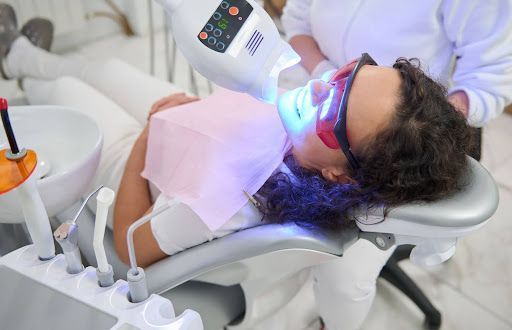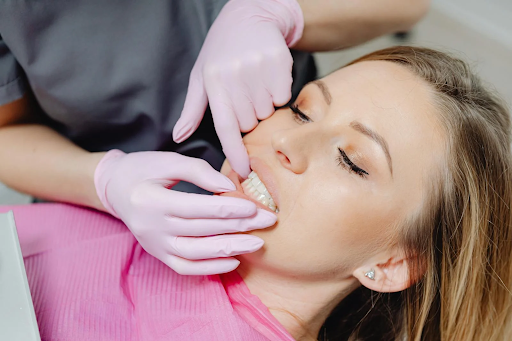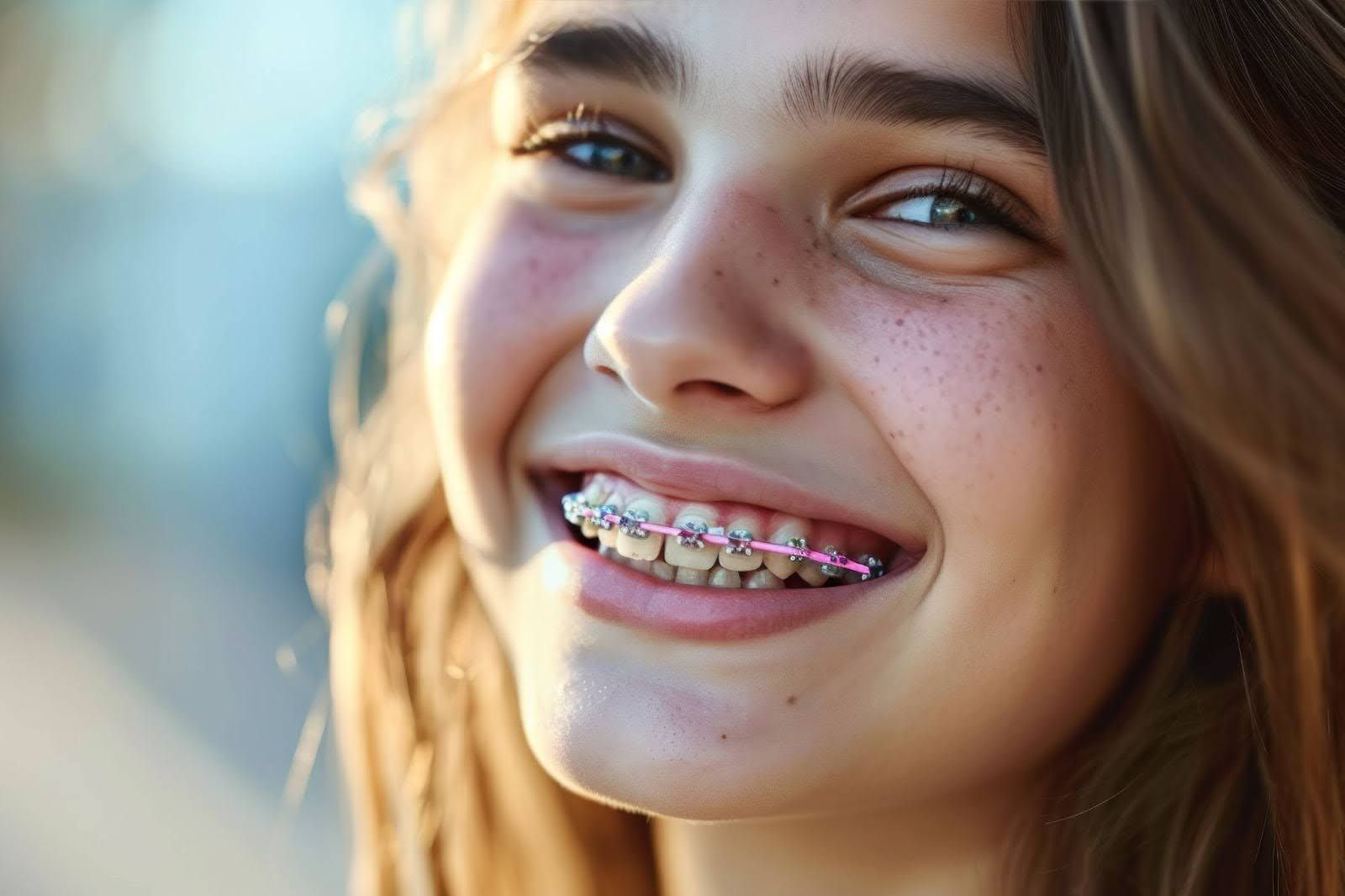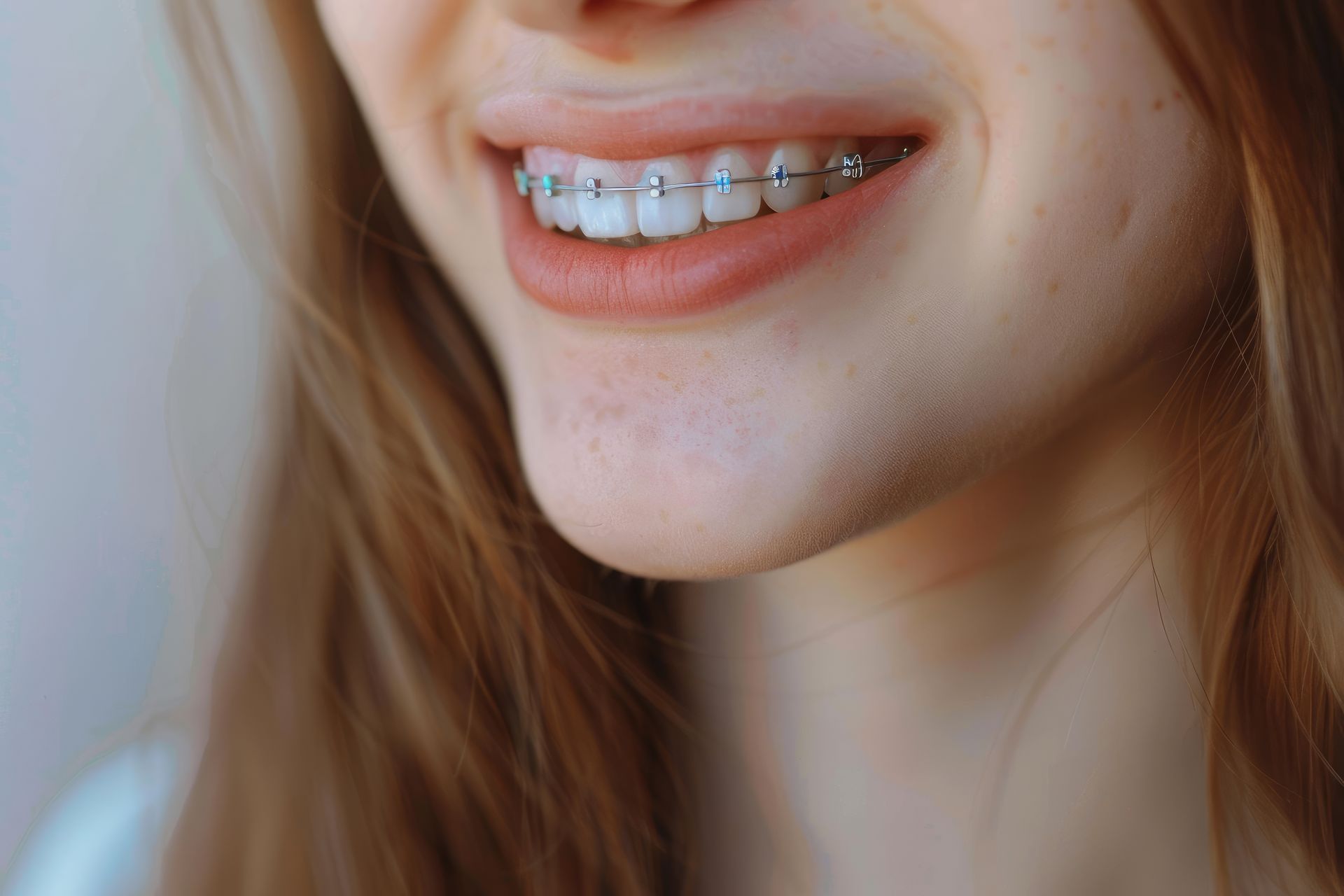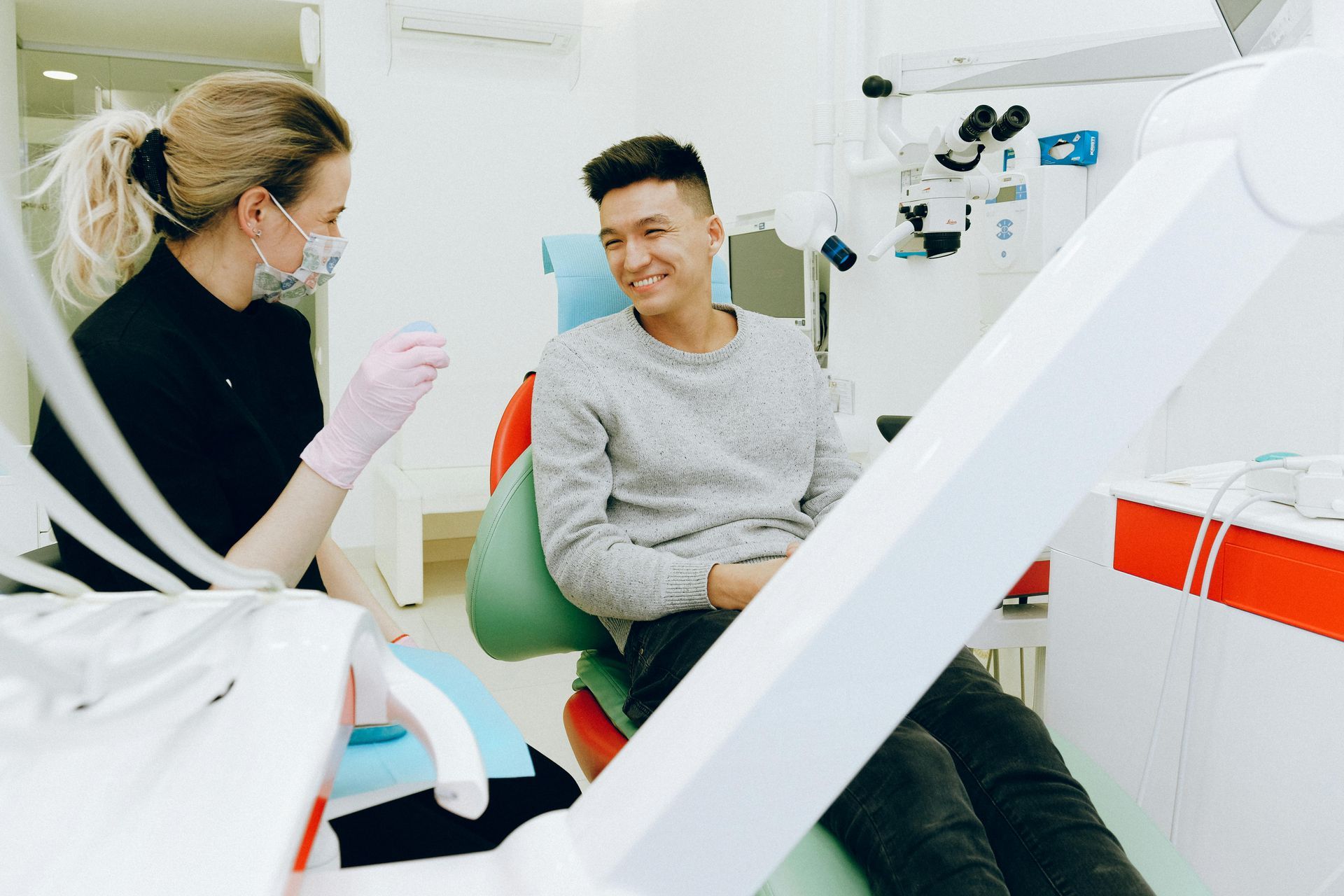Orthodontic Emergencies: What to Do When the Unexpected Happens
Orthodontic treatment is a journey toward a healthier, more confident smile. While most patients at McAllister Orthodontics experience a smooth process, unexpected situations can occasionally arise. Knowing how to handle orthodontic emergencies not only helps you stay comfortable but also ensures your treatment stays on track. This guide will prepare you for the unexpected, providing practical steps for managing common issues, advice for prevention, and tips to bring you peace of mind.
Understanding Orthodontic Emergencies
Orthodontic emergencies are rarely life-threatening, but they can cause discomfort or disrupt your treatment plan if not addressed promptly. A misconception is that emergencies include broken brackets, poking wires, lost or damaged aligners, while these incidents require repair appointments they are not true orthodontic emergencies. The only true orthodontic emergency would be some sort of trauma or accidental trauma to the mouth. Recognizing the difference between a true emergency and a minor issue is essential to determine your next steps.
Common Issues and Immediate Actions
Broken Brackets or Bands
A bracket or band can become loose due to biting into hard foods, sustaining an injury, or simply from the wear and tear of daily use. If you notice a bracket is loose but still attached to the wire, leave it in place and avoid wiggling it. Use orthodontic wax to cushion the area and minimize irritation. If the bracket detaches completely, keep it in a safe place and bring it to your next appointment. While a broken bracket isn’t an urgent emergency, it is important to contact your orthodontist to schedule a repair.
Poking or Protruding Wires
A wire that shifts out of place can poke the inside of your cheeks or gums, causing discomfort. If this happens, try to push the wire back into place with a clean pencil eraser or cotton swab. If that’s not possible, cover the sharp end with orthodontic wax and avoid touching the area with your tongue. In some cases, you may be able to trim the wire with sterile nail clippers, but call the orthodontist if needed during business hours to discuss the safest option.
Lost or Broken Aligners
Misplacing or damaging a clear aligner can interrupt your progress. If you lose an aligner, move on to the next one in your series if directed by your orthodontist, or wear the previous one to maintain tooth position until you can get a replacement. Never attempt to repair a broken aligner yourself, as this can compromise your treatment and oral health.
Mouth Sores or Soft Tissue Irritation
Orthodontic appliances may occasionally cause small sores or irritation inside your mouth. Rinsing with warm salt water can help soothe discomfort and keep the area clean. Orthodontic wax is also helpful for covering brackets or wires that are causing irritation.
Accidental Trauma
In rare cases, accidents or sports injuries can damage your braces or teeth. If you experience significant pain, bleeding, or a tooth is knocked out, seek immediate dental or medical attention. For less severe injuries, apply a cold compress to reduce swelling and call your orthodontist to determine the best course of action.
Managing Discomfort at Home
Orthodontic discomfort, such as soreness after an adjustment, is common and typically subsides within a few days. Over-the-counter pain relievers like acetaminophen or ibuprofen can provide relief. Eating soft foods and avoiding crunchy or sticky items will help minimize irritation. For specific tips, you can visit our Braces FAQ page.
When to Seek Professional Help
Most orthodontic emergencies can be managed at home temporarily, but some situations require prompt professional attention. If you experience severe pain, persistent bleeding, swelling, or a broken appliance that interferes with eating or speaking, contact your orthodontist office right away.
Preventing Orthodontic Emergencies
Prevention is key to a stress-free orthodontic experience. Following your orthodontist’s instructions and maintaining good oral hygiene can significantly reduce your risk of emergencies. Here are a few key strategies:
- Avoid Hard, Sticky, and Chewy Foods: Foods like popcorn, nuts, chewing gum, and caramel can damage your braces or get stuck in your appliances. For a full list of what to avoid, see this resource.
- Wear Protective Gear During Sports: Mouthguards are essential for anyone participating in contact sports. They protect your teeth and braces from potential injury.
- Keep Regular Appointments: Skipping scheduled visits can lead to unnoticed issues and may delay your progress. We encourage staying up to date with your appointments.
- Handle Appliances with Care: When inserting or removing aligners, do so gently to avoid bending or breaking them. Store your aligners in their case when not in use to prevent loss or damage.
Peace of Mind Throughout Your Treatment
Orthodontic emergencies can be unsettling, but with the right knowledge and resources, you can manage unexpected events confidently. At McAllister Orthodontics, we are committed to supporting you every step of the way—from routine adjustments to urgent care. If you ever have concerns or questions about your treatment, don’t hesitate to reach out to our friendly team.
Your journey to a beautiful smile should be as smooth and comfortable as possible. By staying informed, prepared, and connected with your orthodontic provider, you can handle the unexpected and keep your treatment on track. For more information and resources, visit our blog or explore our Patient Resources page.
